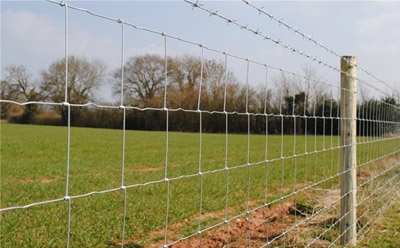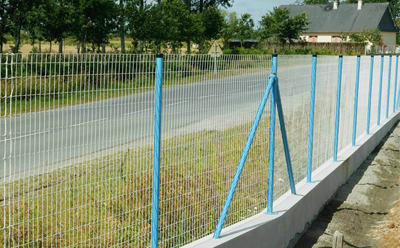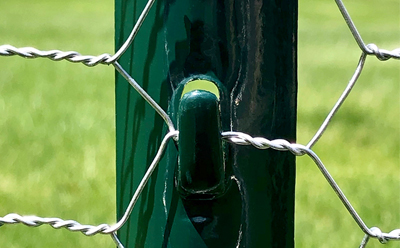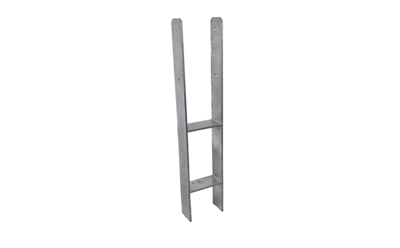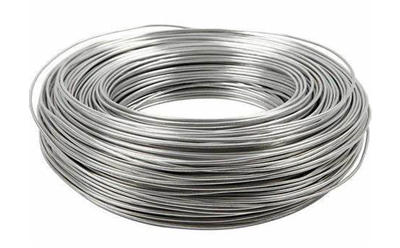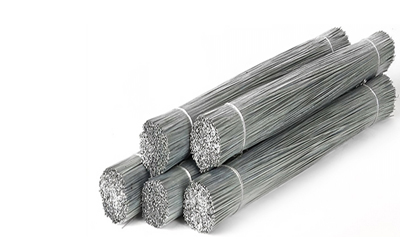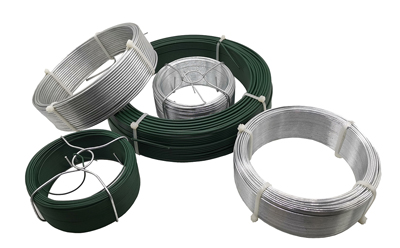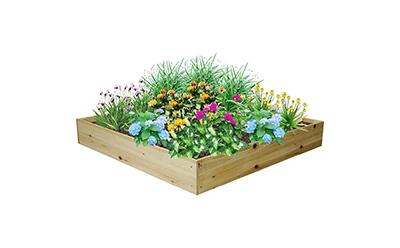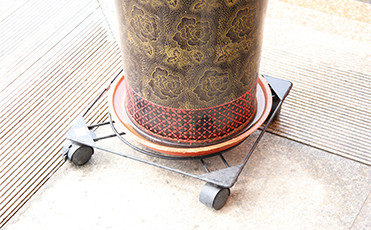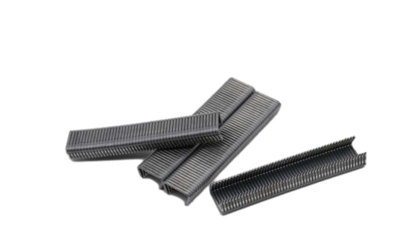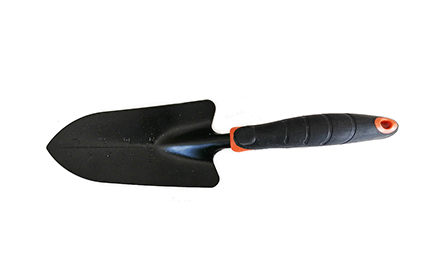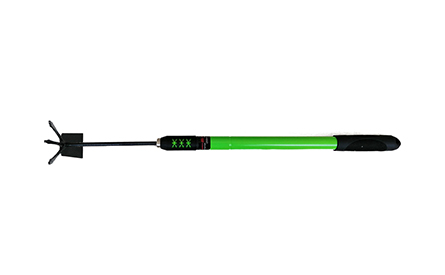Designing Durable and Stylish Trellis Posts for Your Grape Vine Garden Setup
Aug . 07, 2024 09:55The Essential Role of Grape Vine Trellis Posts in Viticulture
Grape vine trellis posts play a crucial role in the health and productivity of grapevines. These vertical structures support the trellis system, which is essential for training vines, managing canopy growth, and facilitating grape harvesting. As viticulture continues to evolve and embrace new techniques, understanding the significance of trellis posts becomes fundamental for both amateur and professional grape growers.
Structure and Design of Trellis Posts
Trellis posts can be made from various materials, including wood, metal, and composite materials. The choice of material often depends on the specific needs of the vineyard, the climate, and the anticipated lifespan of the trellis system. Wooden posts, typically made from treated oak or cedar, provide durability and a natural aesthetic that many vineyard owners desire. However, metal posts, such as galvanized steel or aluminum, are increasingly favored for their longevity and resistance to decay.
When designing a trellis system, the height and spacing of trellis posts are also critical considerations. Posts should be erected at appropriate intervals—usually between 10 to 12 feet apart—in order to accommodate the growth habits of the grape variety being cultivated. The height of the posts will depend on the training system used, such as vertical shoot positioning (VSP) or the Geneva double curtain, which dictate how the vines will be supported through their growth stages.
Benefits of Well-Designed Trellis Systems
A well-constructed trellis system provides numerous benefits, starting with effective grape canopy management. The support offered by trellis posts allows for ideal exposure to sunlight and air circulation, which are vital for photosynthesis and grape quality. This optimized environment leads to better fruit development, resulting in grapes with superior flavor profiles that are desirable in winemaking.
grape vine trellis posts

Moreover, trellis systems facilitate easier access for maintenance tasks, including pruning and pest control. The organized structure allows vineyard workers to navigate between rows of vines efficiently, reducing labor time and improving overall vineyard management.
Supporting Sustainability in Viticulture
As sustainability becomes an increasingly important focus in agriculture, the choice of trellis posts and materials has significant implications. Many grape growers are turning to eco-friendly materials and practices to minimize their environmental footprint. For instance, using sustainably sourced wood or recycled metal for trellis posts not only helps in conserving resources but also supports local industries.
Furthermore, trellis designs that encourage biodiversity—such as incorporating cover crops or promoting beneficial insects—can enhance vineyard health and resilience. By selecting trellis systems that harmonize with ecological practices, growers can ensure a sustainable future for their vineyards.
Conclusion
In summary, grape vine trellis posts serve as the backbone of modern viticulture, providing structural support to maximize grape quality and facilitate vineyard management. The choice of materials, design, and sustainability practices surrounding these posts holds immense importance for both grape yield and environmental health. As the industry adapts to changing climate conditions and consumer preferences, the role of trellis posts will continue to evolve, showcasing their indispensable function in the art and science of winemaking. Ultimately, investing time and resources into the appropriate trellis system can lead to bountiful harvests and exceptional wines, making trellis posts a key factor in the success of any vineyard.
Copyright © 2025 Hebei Minmetals Co., Ltd. All Rights Reserved. Sitemap | Privacy Policy






